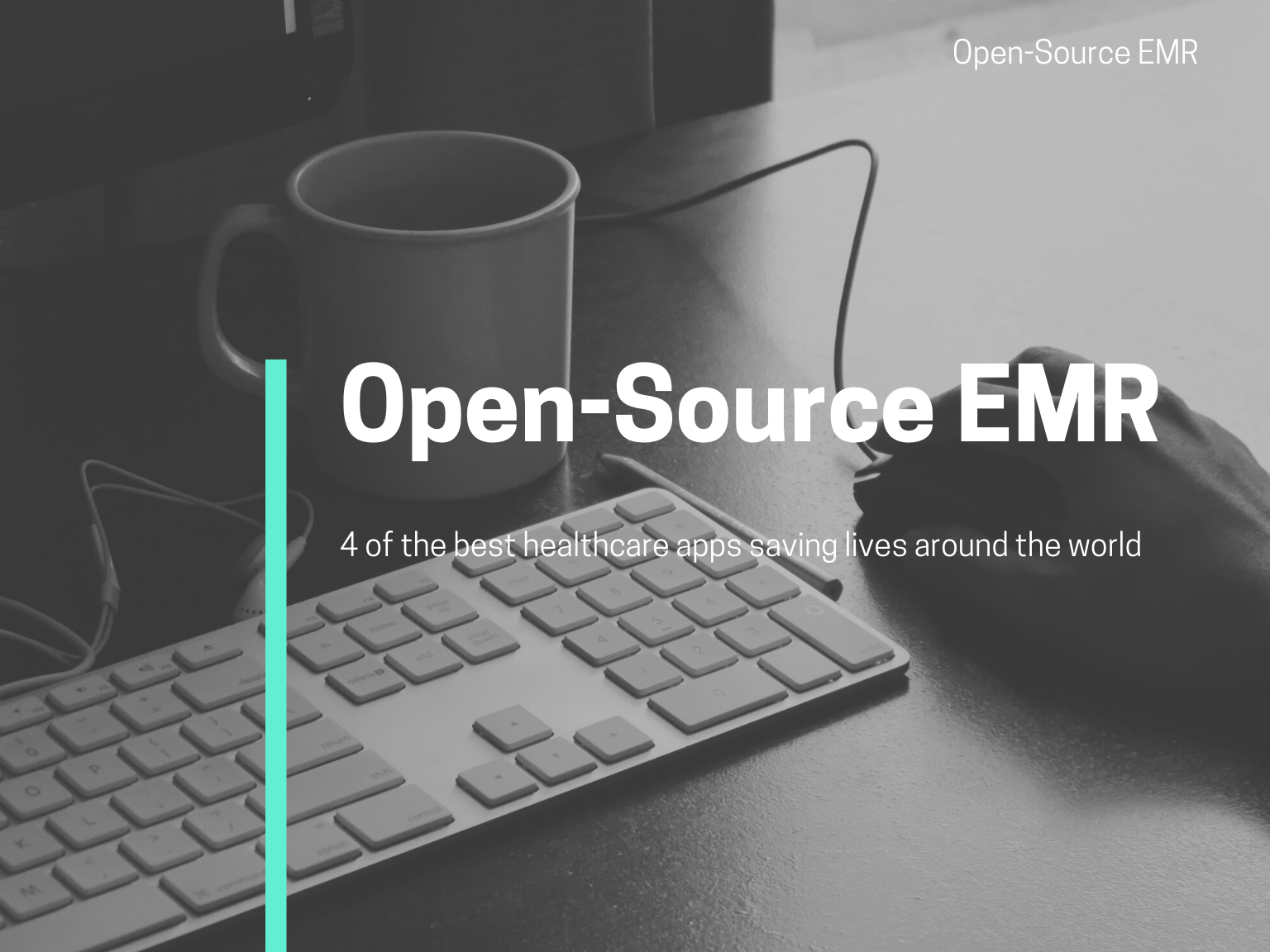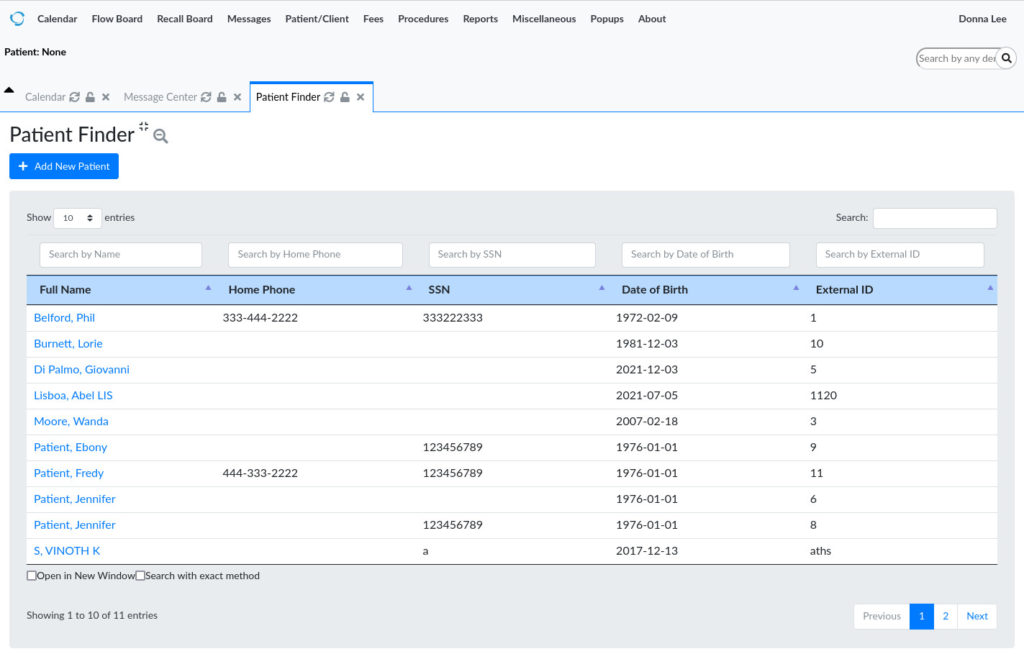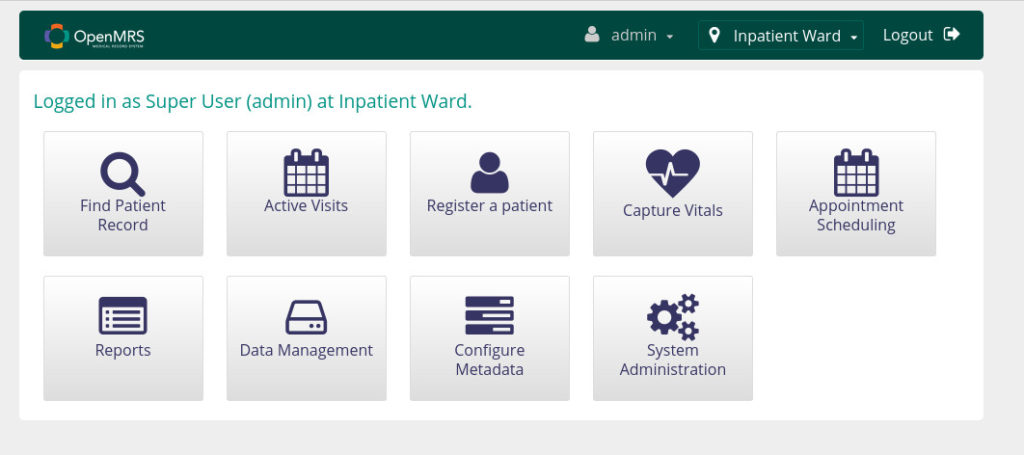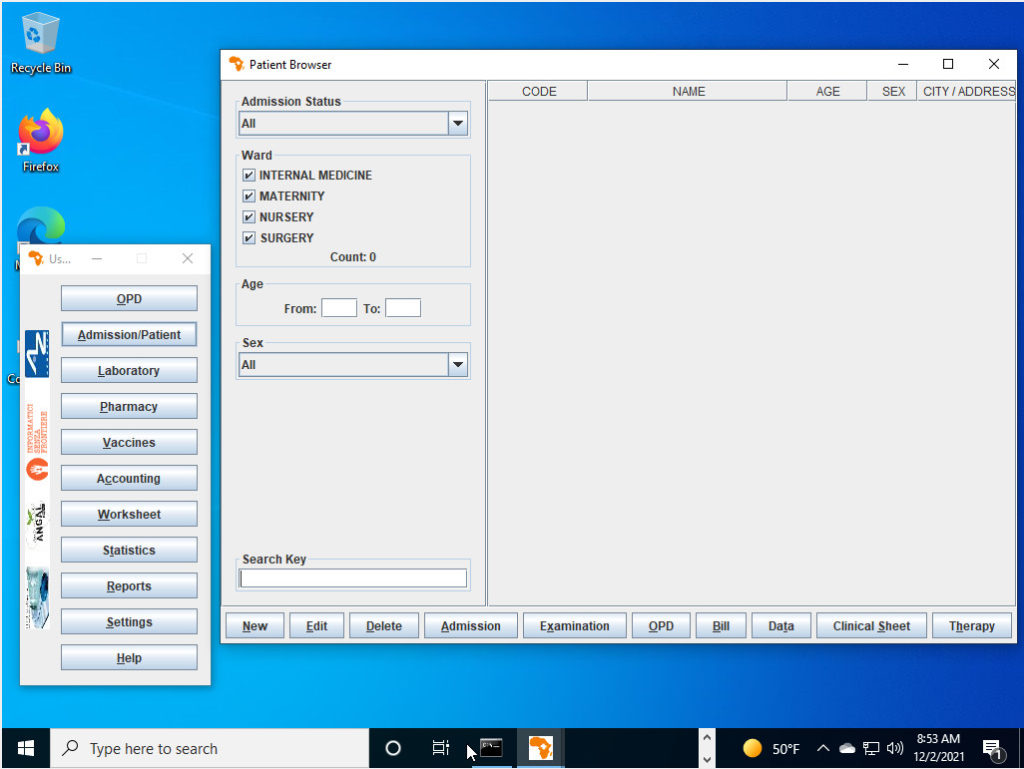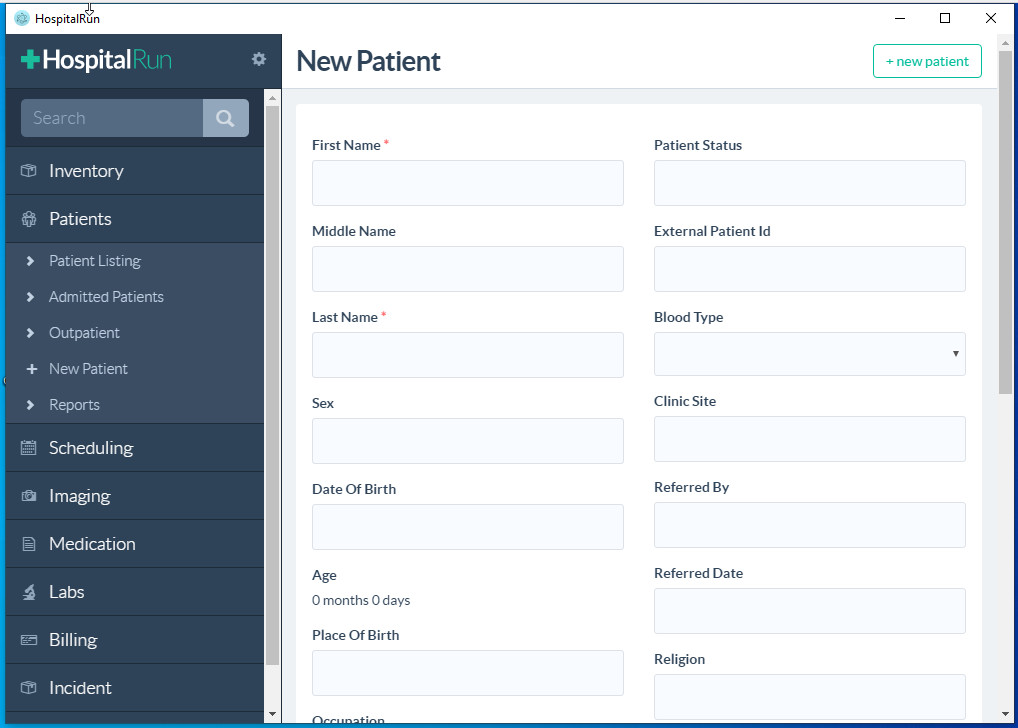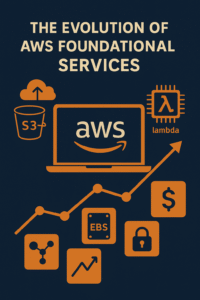Recently I had the pleasure of speaking about HIPAA requirements to a private practice last week. A big thank you to Aaron Burgess and his crew of medical professionals for allowing me to give my presentation regarding HIPAA on zoom. Anyway, this sparked a renewed appreciation for some of the best software i’ve ever come across in the medical field. So go grab a cup of Java, sit back, and enjoy my article.
Open EMR
When it comes to popularity, openEMR ranks right on top. With a very active community contributing all the time, you can find this software in over 30 languages. Need professional support? No problem! You can find over 30 different vendors across 10 countries!. This piece of software handles everything you would come to expect in an EMR from patient scheduling, e-prescribing, lab integration, and fine-grained access control for HIPAA compliance! This software is AWS compatible, able to run on Windows, linux, and has a Docker image available too.
openMRS
OpenMRS is a medical records application that aims to allow you to digitize your current paper copies (if you haven’t already).
OpenMRS features patient repository, security and reporting, cohort management, patient workflow management, privilege-based access, multiple identifiers per patient, modular architecture, patient merging and relationships, localization, complex data support and personal attributes. One of the most important features of OpenMRS is the interoperability of data and the ability to add new functions without having to modify the core code. This runs on Windows/Linux/macOS.
Open Hospital
This software is so amazing i’m just going to quote what it says about itself from it’s website:
OH – Open Hospital is a free and open source software developed and supported by Informatici Senza Frontiere to provide a sustainable tool for the management of hospitals, health centers and facilities, with a strong focus on developing countries.
With Open Hospital you can keep track of the patient data, visits, hospitalizations, medicines and lab results for supporting the day-to-day activities of the hospital staff. Used for the first time in the St. Luke Hospital in Uganda in year 2005, it has rapidly grown in popularity and it has been adopted in many countries.
Hospital Run
One of the specific features I like with this is the ability for data to be carried from the hospital to a client, allowing for use in an offline setting. Hospital Run would especially be handy with an organization that has a home health dept. This platform focuses on usability as its primary requirement, so the UX is top notch. The developers also wanted to ensure users weren’t having to spend inordinate amounts of time using the software, so they focused a good deal of effort ensuring most common tasks can be done quickly software runs on Windows/linux/macOS.
